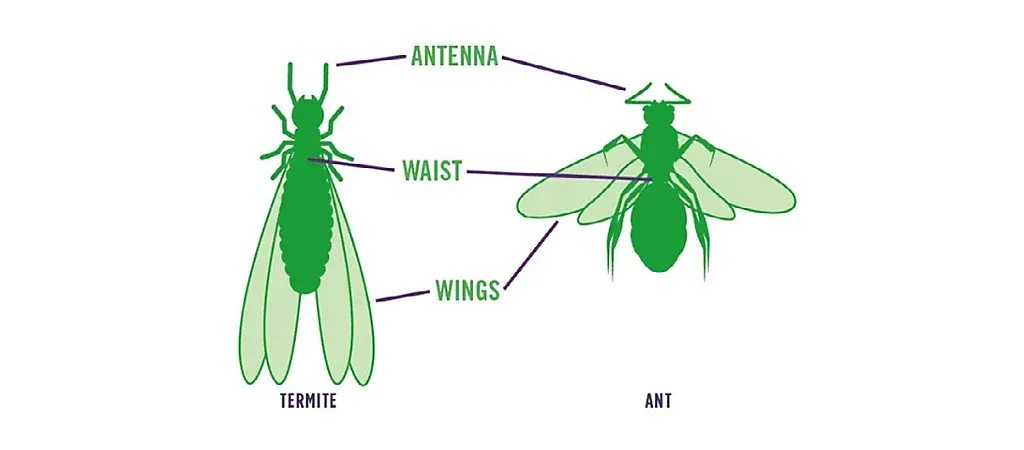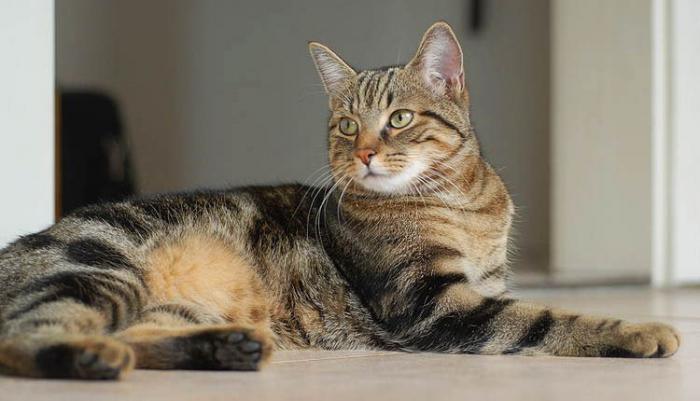What's The Difference Between Flying Termites and Ants?

House pests are no fun — especially swarming termites. Stay ahead of the swarm this year by knowing the difference between flying termites and flying ants. One is simply a nuisance, and the other is going to cost you.
But what exactly is swarm season?
It occurs when winged male and female termites, called swarmers, fly from their colonies to start new colonies. After landing, they shed their wings and pair with a mate to look for a suitable location to begin a new colony as its king and queen.
When daytime temperatures begin to warm up and rain becomes more frequent, swarmer termites emerge from the colony. This means swarm season can begin as early as late February in coastal Louisiana, Florida, Alabama and Mississippi. As the weather continues to warm, swarm sightings spread throughout the South and gradually work their way east into Georgia, South Carolina and Tennessee and west into Texas and Arkansas.
It’s easy to assume that the swarm of flying insects are just flying ants. But for many homeowners, the first obvious sign of a termite infestation is a swarm because they are above ground. Most of the time, termites are lurking underground out of sight. At first glance, it's hard to distinguish between ants and termites, so here’s what you need to know.
- Termites have straight antennae , while ants have elbowed antennae.
- Termites have thick, straight waists , while ants have a pinched waist with three distinct body segments.
- Termites have two pairs of wings that are equal in length , while ants have one pair of wings that is long and another pair that is shorter.
Don't make the mistake of thinking your home isn't at risk. Termites don't care if you have a brick home, a log home, a block home or even a home built on a concrete slab. Know what pests you're dealing with this swarm season and call Billiot Pest Control to protect your home today.








